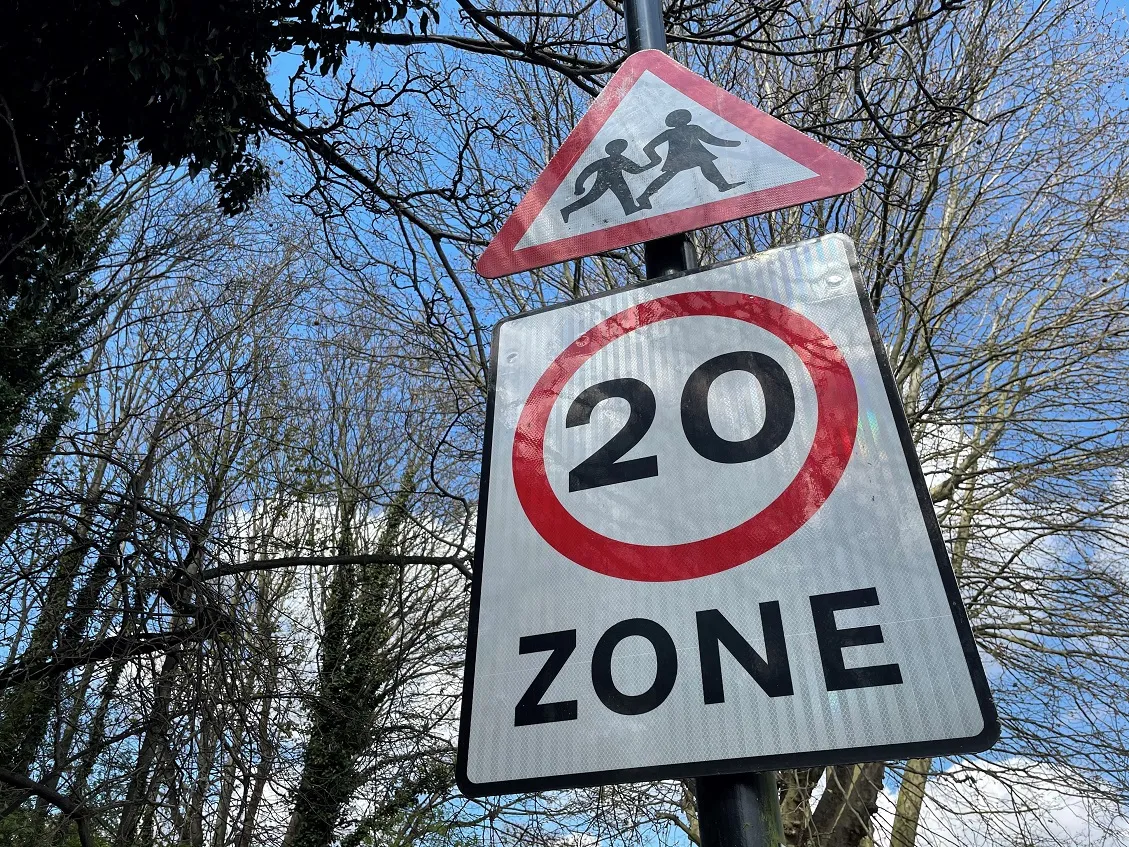Version 2.0 of Canada’s ITS Architecture has been announced. Now more closely aligned with the United States National ITS Architecture, Version 6.1, it provides a TURBO Tool and guidelines for the development of regional ITS architectures.
February 2, 2012
Read time: 1 min
Version 2.0 of Canada’s ITS Architecture has been announced. Now more
closely aligned with the United States National ITS Architecture,
Version 6.1, it provides a TURBO Tool and guidelines for the development
of regional ITS architectures. ITS User Services have also been
expanded and reorganised to reflect new services and a new Border
Information Flow Architecture (BIFA).
To facilitate maintenance of previously developed regional architectures, a mapping tool will be available shortly to link versions 1.1 and 2.0 of the ITS Architecture for Canada.
To facilitate maintenance of previously developed regional architectures, a mapping tool will be available shortly to link versions 1.1 and 2.0 of the ITS Architecture for Canada.









